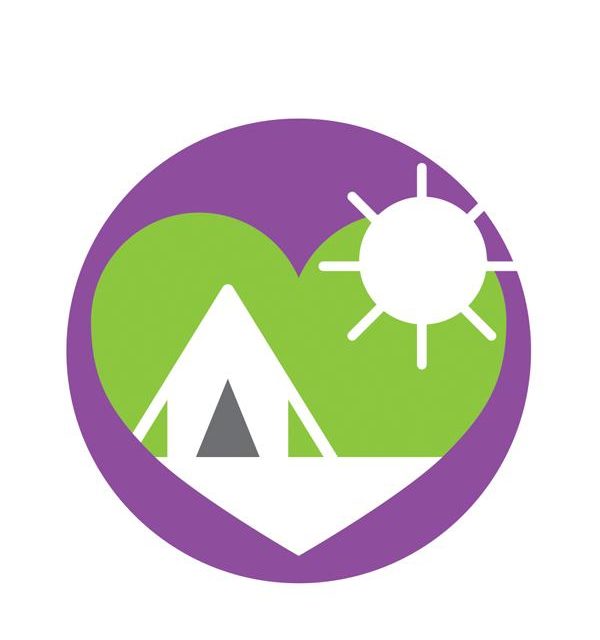“Release kids out into the open air, and it’s a level playing field, whether the family takes a bus … or drives a Lexus,” says Jane Talcott, executive director of Washtenaw Camp Placement. The nonprofit has paid for 10,000 “camperships” since 1962, and lately the numbers have been growing: “We’ve gone from sixty-seven kids in 2011 to 153 in 2018,” Talcott says. Most come from households earning $15,000 a year or less, and some are homeless or in foster care.
Even after discounts from the YMCA, two weeks at camp costs the group $1,000–and a decade ago, the United Way stopped paying the bills. The community fund’s shift to a “proposal-based model,” Talcott explains, demanded data that WCP couldn’t supply: “We can’t prove that sending kids to camp makes them safer in their homes or more likely to graduate high school.” But parents tell her that their kids return home more confident and less confrontational, and “I love hearing about the friendships that form!”
Talcott, who’s newly eighty, found new funding from Ann Arbor Rotary and Lions clubs, among others. Former WCP counselor Bob Sutherland, now president of Cherry Republic, includes the group in the company’s online annual “31 Days of Giving” each December. And Talcott is not shy about asking. She recalls meeting a couple at a community event, telling them about WCP, and giving them a brochure. “Some weeks later I got a check for $500 with a note saying ‘Thank you for letting us help.'”

Why are the words ‘financially disadvantaged’ in quotation marks?